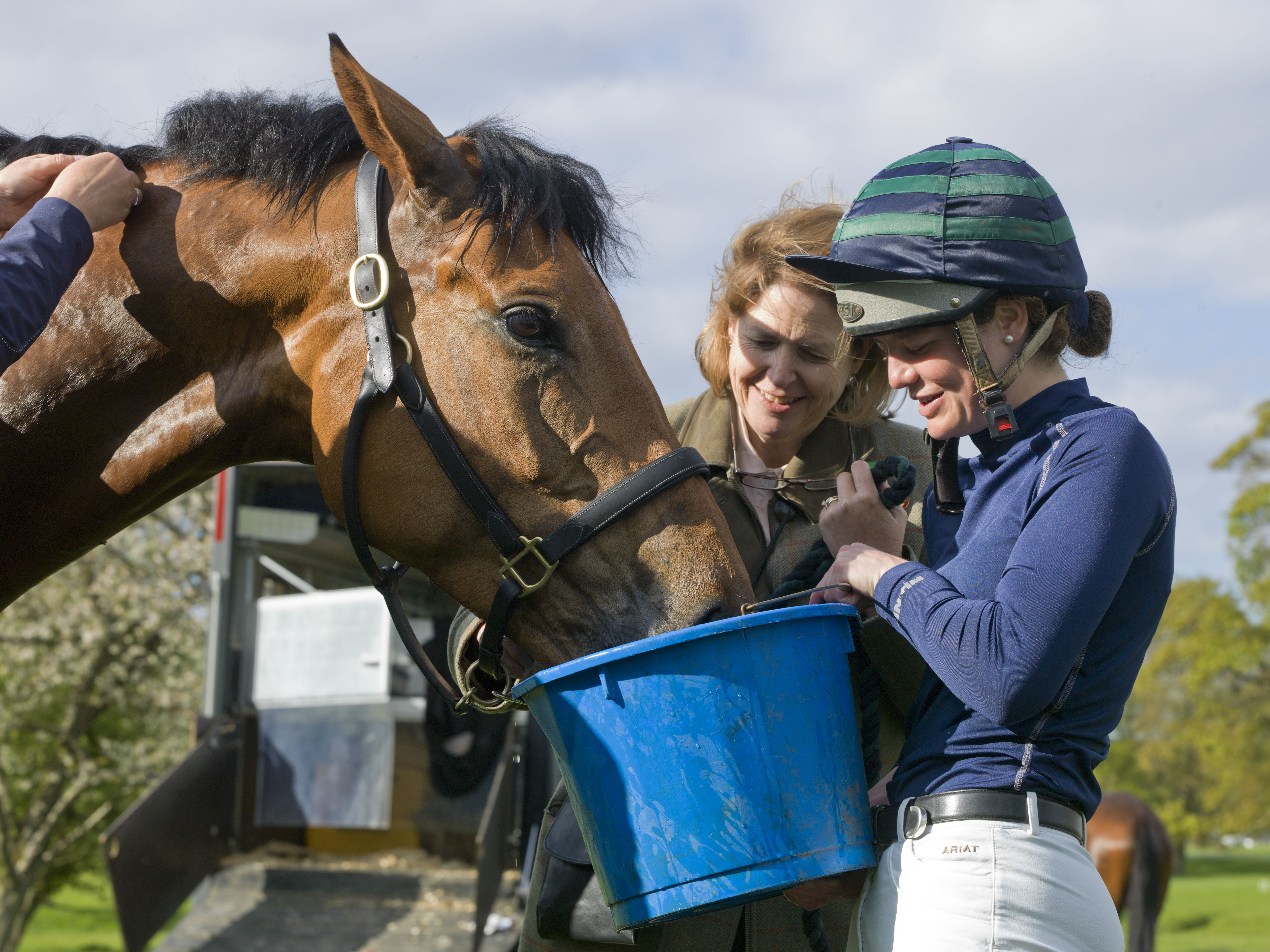It’s summer! Beautiful long days with temperatures on the rise mean many of us are spending increasing amounts of time outdoors. And whilst we enjoy this wonderful weather, we must not forget the importance of having water available for ourselves and our animals at all times. Clean, fresh water, is a key component of any diet plan, necessary for core homeostatic and metabolic processes within the body. It is up to us to keep track of our equine athlete’s water intake, and provide encouragement for continued consumption, as necessary. Unfortunately, this doesn’t always prove easy, as horses quite commonly don’t seem to share our concerns. The following tips may help increase drinking activity in order to replace additional losses from exercise, perspiration, and higher environmental temperatures…

1. After exercise, offer a small amount of water mixed with electrolytes first; followed very shortly afterwards (few minutes) by plain water. Research has shown that offering slightly salty water, or water with electrolytes first, may encourage more ongoing water intake in the first hour following exercise.*
2. Offer water at room temperature. Although horses can have personal preferences, most will seek out water at room temperature, compared to warm or cold options.*
3. Hang two buckets- one filled with plain water, and one filled with water flavoured with a small amount of apple juice (1-2 cups per 10L bucket), as some horses prefer flavoured water. Make sure to clean your buckets daily if you are adding flavouring.
4. Feed additional electrolytes in hot weather, when your horse heavily perspires, and/ or on hard work days. 60g of D&H Electrolytes are recommended for an average size adult horse (approximately 500kg) to help replenish the minerals lost in these circumstances.
5. If your horse is easily stressed when travelling, mimic your home environment as much as possible at competitions. Consider offering water together with a hay net at your horsebox, or return them to their box and let them have a few minutes to unwind and access water at their discretion.
6. Encourage continued fibre and forage consumption in the diet. Feeding chaff in addition to grass hay, may increase total water capacity of the large intestine in horses.* Grass is also an excellent source of forage with high water content, in addition to unmolassed sugar beet products that can be soaked, such as Kwikbeet.
7. Hang two buckets as in option 3. above, but add D&H herbs for flavour instead of apple juice. Mint is a highly palatable and aromatic choice.
If you would like additional recommendations, advice on summer feeding regimes, or information on electrolytes, please reach out to our nutritional helpline, who will be happy to assist.
*references available upon request



